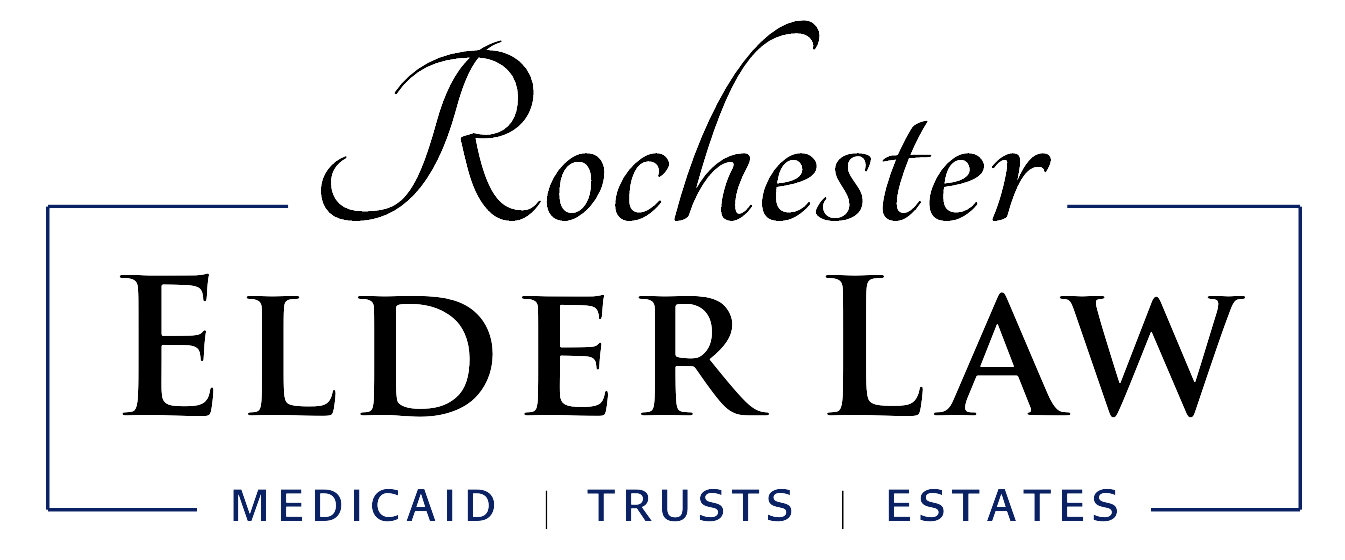Elder Law Resources
Reverse Mortgages and Home Care
9/1/2009
Under our "system" of paying for long-term care, you may be able to qualify for Medicaid to pay for nursing home care, but there's little public assistance for home care. Most people want to stay at home as long as possible, but few can afford the high cost of home care for very long. One solution is to tap into the equity built up in your home.
If you own a home and are at least 62 years old, you may be able to quickly get money to pay for long-term care (or anything else) by taking out a reverse mortgage. Reverse mortgages, financial arrangements designed specifically for older homeowners, are a way of borrowing that transforms the equity in a home into liquid cash without having to either move or make regular loan repayments. T hey permit house-rich but cash-poor elders to use their housing equity to, for example, pay for home care while they remain in the home, or for nursing home care later on. The loans do not have to be repaid until the last surviving borrower dies, sells the home or permanently moves out.
In a reverse mortgage, the homeowner receives a sum of money from the lender, usually a bank, based largely on the value of the house, the age of the borrower, and current interest rates.
Homeowners can get the money in one of three ways (or in any combination of the three): in a lump sum, as a line of credit that can be drawn on at the borrower's option, or in a series of regular payments, called a "reverse annuity mortgage." The most popular choice is the line of credit because it allows a borrower to decide when he or she needs the money and how much. Moreover, no interest is charged on the untapped balance of the loan.
Although it is often assumed that an elderly person would want to use the funds from a reverse mortgage loan for health care, there are no restrictions--the funds can be used in any way. For instance, the loan could be used to pay back taxes, for house repairs, or to retrofit a home to make it handicapped-accessible.
Borrowers who take out a reverse mortgage still own their home. What is owed to the lender -- and usually paid by the borrower's estate -- is the money ultimately received over the course of the loan, plus interest. In addition, the repayment amount cannot exceed the value of the borrower's home at the time the loan is repaid. All borrowers must be at least 62 years of age to qualify for most reverse mortgages. In addition, a reverse mortgage cannot be taken out if there is prior debt against the home. Thus, either the old mortgage must be paid off before taking out a reverse mortgage or some of the proceeds from the reverse mortgage used to retire the old debt.
Reverse mortgages are somewhat underutilized now, particularly in the current economic environment, but financial institutions, sensing an opportunity as the population ages and people live longer lives, are expanding their reverse mortgage programs.
The most widely available reverse mortgage product -- and the source of the largest cash advances -- is the Home Equity Conversion Mortgage (HECM), the only reverse mortgage program insured by the Federal Housing Administration (FHA). However, the FHA sets a ceiling on the amount that can be borrowed against a single-family house, which is determined on a county-by-county basis. High-end borrowers must look to the proprietary reverse mortgage market, which imposes no loan limits. However, the Housing and Economic Recovery Act of 2008 (more info here
), which went into affect October 1, 2008, increases the borrowing level on reverse mortgages. The national limit on the amount a homeowner can borrow will be $417,000. The limit can be increased to $625,000 in areas with high housing costs.

Centrally Located in Brighton
near Cobbs Hill:
1399 Monroe Avenue,
Rochester, NY 14618
Map & Directions
Weekly News & Updates
Subscribe now and get our FREE Guide, "The Top Eight Mistakes People Make with Medicaid Qualification"
Rochester Elder Law
All Rights Reserved
Legal Disclaimer: We have organized and prepared this website to provide general information about our firm. Content is subject to change without notice. The material presented here is not legal advice and is not to be acted on as such. You should consult an attorney for advice regarding your individual situation. We invite you to contact us and welcome your calls, letters and electronic mail. Viewing this web site or contacting us does not create an attorney-client relationship. Please do not send any confidential information to us until such time as an attorney-client relationship has been established. This site may contain attorney advertising. However, prior results do not guarantee a similar outcome.






